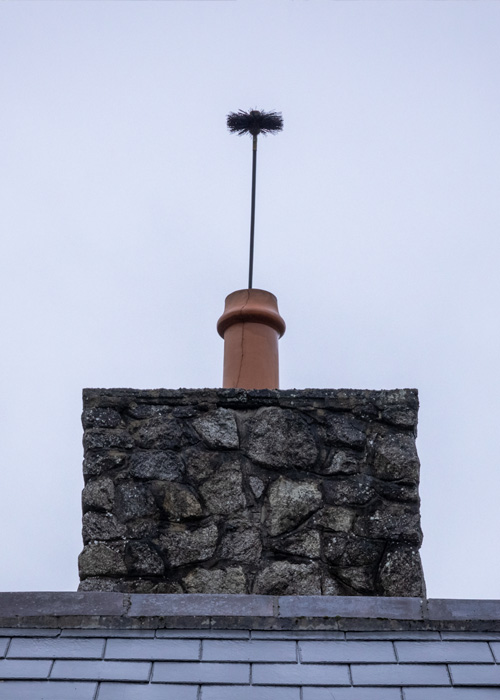Need a Chimney Sweeper?
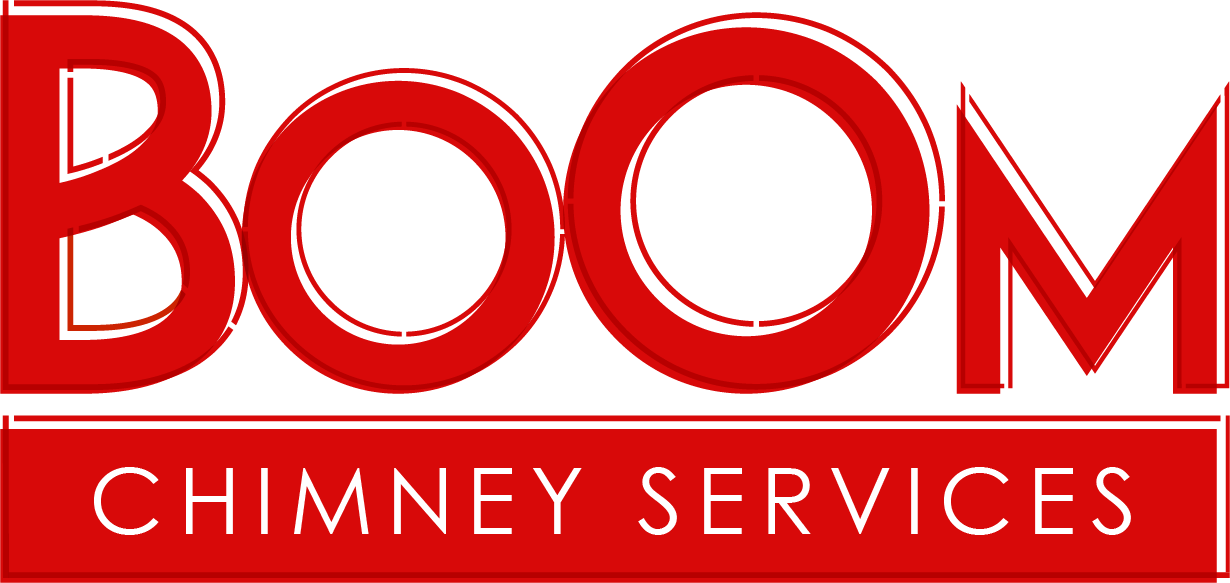
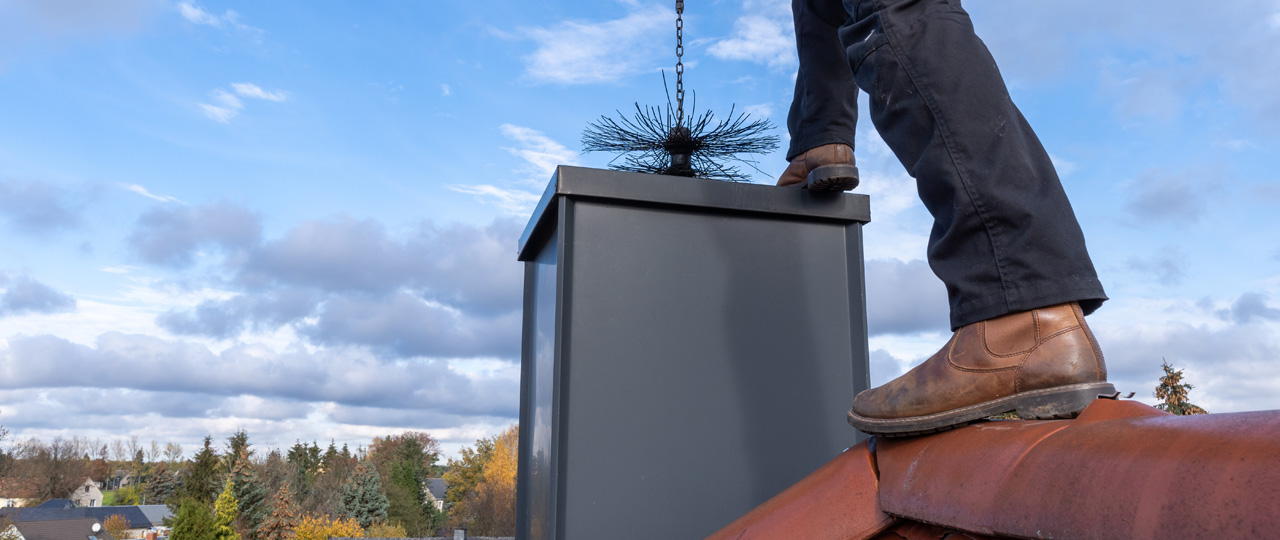
In this service, we first seal the fireplace opening before cleaning your chimney with a brush and rods and collecting the soot and debris with an industrial hepa filtered vacuum.
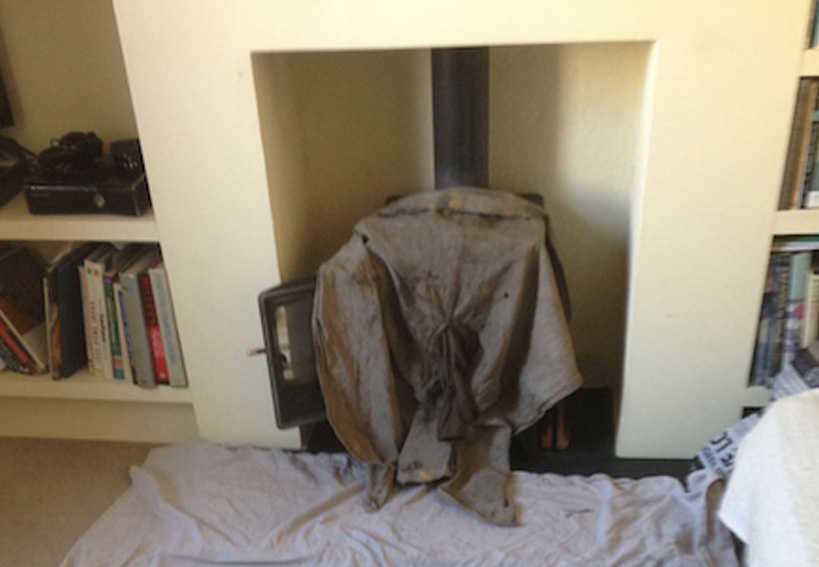
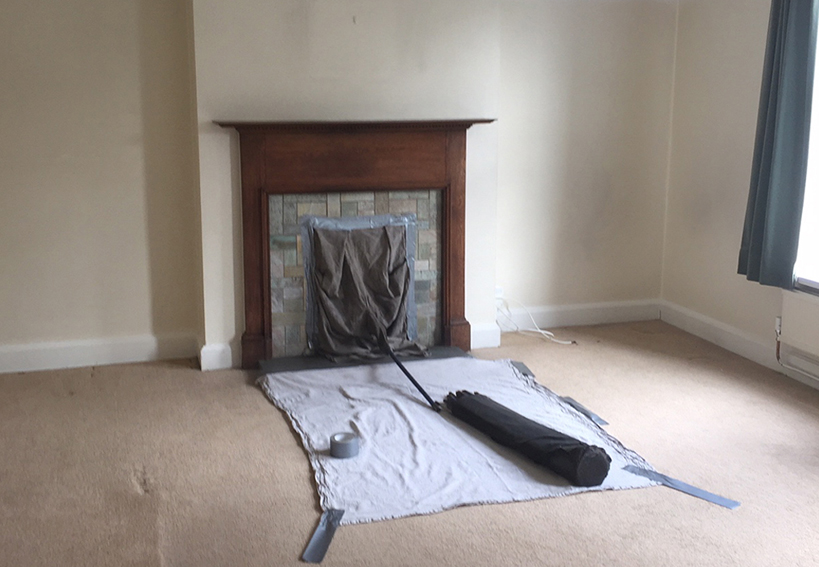
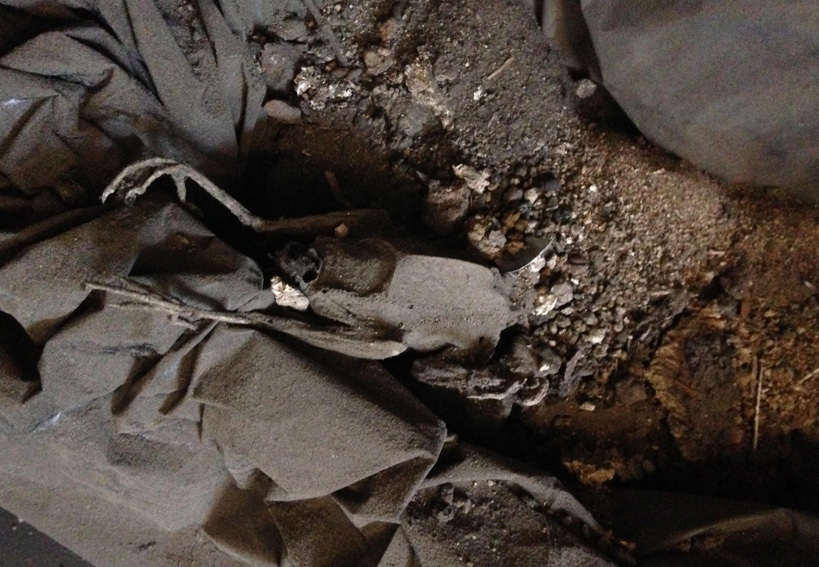
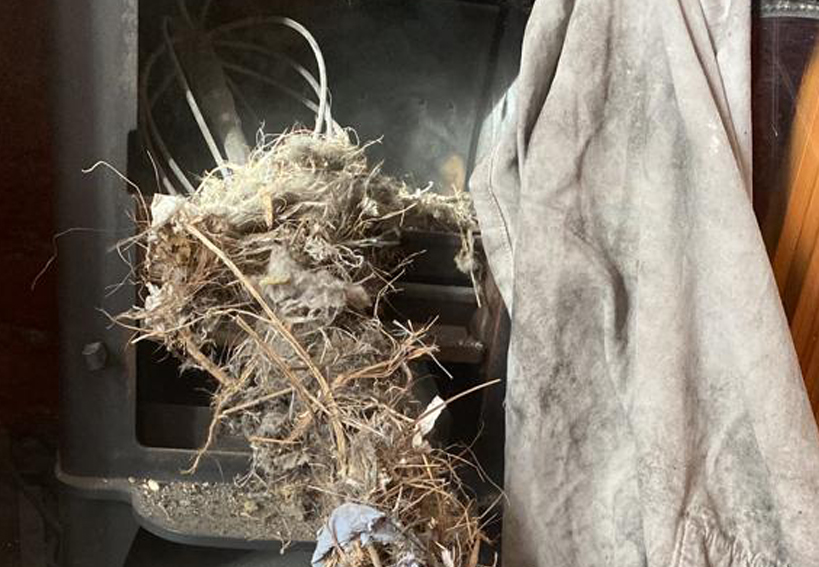
Need a Chimney Sweeper?
A chimney sweep and clean are part of our smoke testing service. A smoke pellet is then placed in the fireplace opening, which is subsequently sealed once the top of the chimney is sealed. The next step is to investigate any shared party walls surrounding the fireplace in issue, as well as the upstairs, basement, and attics (if relevant).
A NACs certificate of smoke testing will be given after inspection. Why? Smoke testing is crucial to make sure that flue gases can freely ascend up the chimney and to check for any issues, such as inadequately sealed joints, corrosion, or deterioration.
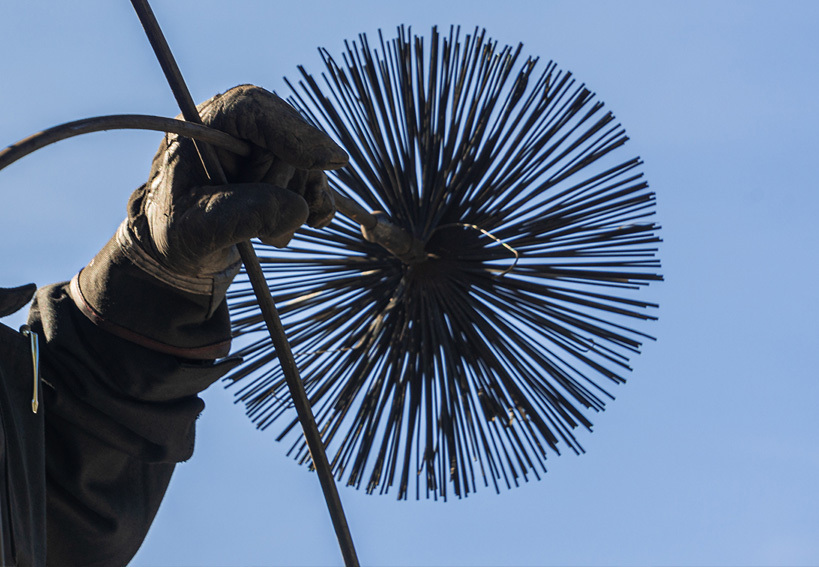
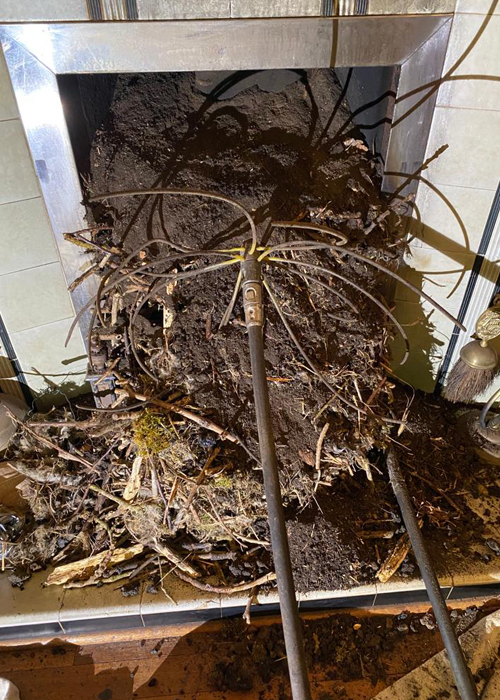
In this service, we first seal the fireplace opening before cleaning your chimney with a brush and rods and collecting the soot and debris with an industrial hepa filtered vacuum.
After the chimney has been swept, we insert a smoke pellet to measure the chimney's draw. A NACs or Hetas certificate will subsequently be given to you.
It's a hassle-free, clean service. Why? A buildup of soot or resin from burning wood and logs can start a chimney fire. Risk of carbon monoxide poisoning; residents may be exposed to toxic gases from burning coal, wood, gas, or oil if a chimney is blocked or not drawing effectively.
When the chimney sweep arrives, he will make an introduction to you before entering your home to inspect the fireplace or stove that needs to be cleaned. Then he will visually evaluate your chimney stack, pots, and cowls from the outside.
To cover the fireplace and keep the soot behind, we drape a sheet in front of it and use specially made sweeps soot cloths. It is advised that you move everything from the mantel piece and the area surrounding the fire opening before we get there. If you choose, you may also cover any furniture that is close to the fire or stove. The only reason for covering the furniture is because we will be entering and exiting, and we don't want to bump into them with any equipment. Please empty the Grate of any unburned fuel as well.
Although we are aware that in some of the smaller homes and cottages we visit, this is not always possible, we want at least 6 square feet of clean space around the fireplace in which to operate. Do not worry if your fire is in a small space; we will find a way to put it out.
Utilizing cutting-edge equipment, the chimney sweep will create the least amount of mess possible. Only when we have to remove a bird's nest or obstruction may there be some mess, but you will be told before any work starts. This operation will make as little mess as possible. We ask that you cover any light carpeting or flooring from the door to the fireplace with sheets on rainy days to make it easier for the sweeps to enter and exit your house.
It is crucial to make sure that your chimney is swept on a regular basis. An accumulation of soot in your chimney will eventually catch fire and result in significant property damage. Sweeping your chimney clears the buildup of soot and creosote, allowing the toxic gases to pass easily up your chimney and preventing smoke and carbon monoxide from entering your home. Power sweeping is done on all appliances. Traditionally, you push a brush up your chimney by hand. The majority of the soot in your chimney may be removed, but sweeping is likely to leave some soot behind. Power sweeping rotates a flail or brush up and down your flue using a drill hooked to the rods. The soot and hard tar deposits can be removed much more successfully with this approach. To make certain that every nook and cranny of your chimney has been swept, the drill can rotate both clockwise and counterclockwise.
